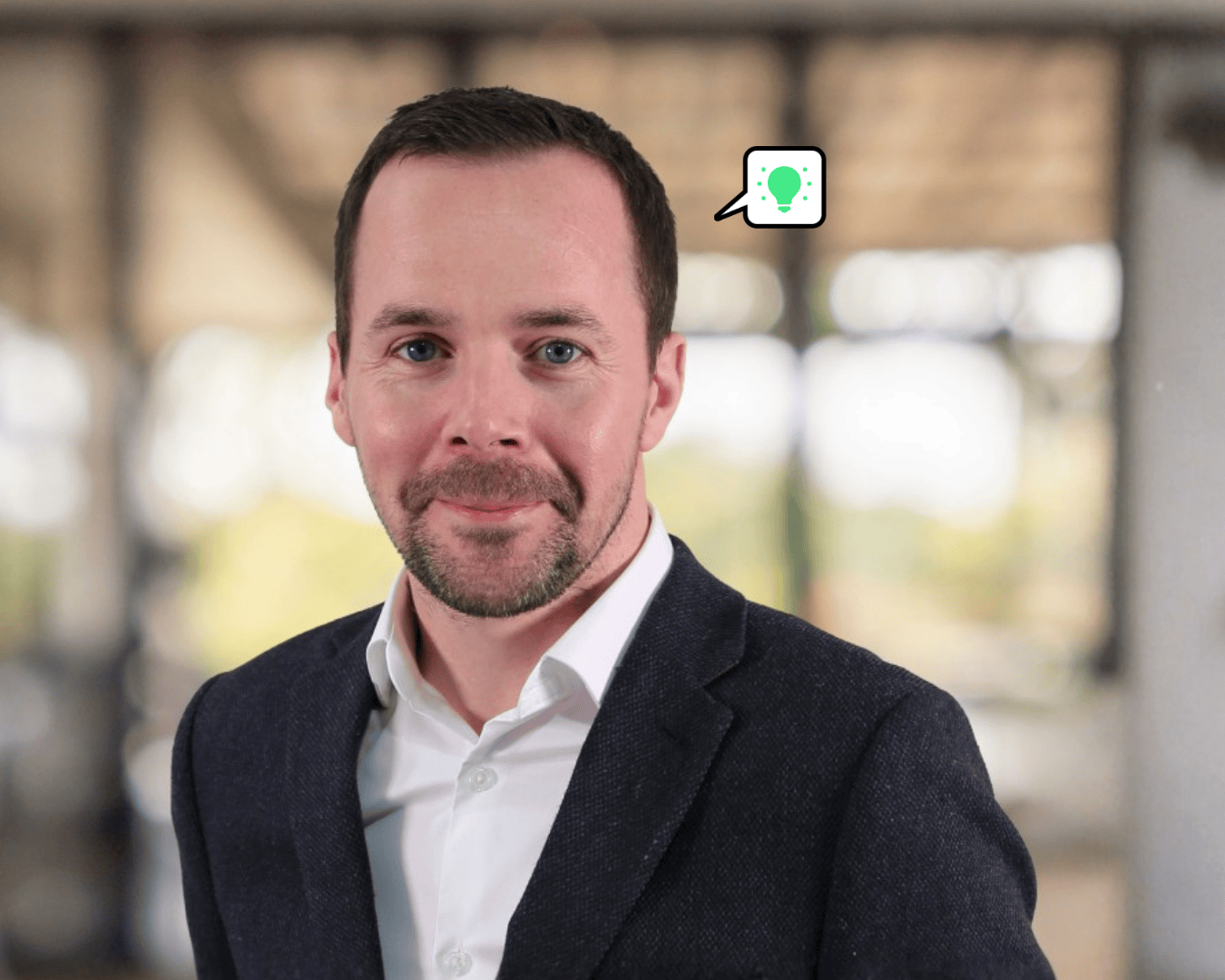Employer branding used to be a nice-to-have. Something for when budgets were flush and time was on your side. Now? It’s one of the most valuable investments a business can make.
And yet, so many organisations still treat it like the ‘we’ll get to it later’ project, only springing into action when there’s a crisis.
Here’s the problem: by the time you need an employer brand, it’s already too late.
From our work with leaders across industries, one truth stands out: those who invest early don’t just win at talent attraction. They see the benefits in retention, culture, customer loyalty, and even bottom-line growth. Those who delay? They pay for it later in recruitment costs, turnover, and reputational damage.
So, why are companies still hesitating? And how do you make the business case impossible to ignore?
Why companies wait and why that’s a risk
If you ask leaders why employer branding isn’t on their priority list, you’ll hear the same refrains:
“Budgets are tight”
“We’re going through change”
“We’ve already done this before”
Let’s break those down.
Budget constraints are the biggest blocker. It’s tempting to see employer branding as a cost, not an investment, especially during mergers, restructures, or market uncertainty. But that’s exactly when it matters most. Without a clear, consistent story that reflects your culture and values, uncertainty turns into disengagement.
Then there’s the ‘we already have one’ mindset. Maybe you built your Employee Value Proposition (EVP) three years ago and it felt fresh at the time. But the world of work moves fast, new competitors emerge, generational expectations shift, and your own business evolves. Without a refresh every two - five years (and continuous activation in between), you’re standing still while the market moves on.
And finally: the inactive brand. This is the company that spends on research and positioning, then lets the strategy gather dust in a PDF. An employer brand only works when it’s alive in your social media, careers site, recruitment campaigns, and everyday language.
The triggers that spark action
In too many cases, change happens only once the cracks are visible from the outside, and companies only invest when one of three things happens:
1. The Reputation Red Flag
Glassdoor reviews are in freefall.
Employee survey scores are tanking.
Social media chatter is turning negative.
Once this happens, fixing it is possible, but the damage is public, and trust takes far longer to rebuild than to maintain.
2. The Talent Tipping Point
Critical roles are staying open for months.
Competitors are snapping up your top people.
Recruitment costs are spiralling.
These pain points hit the bottom line quickly. The irony? Strong employer branding could have prevented them in the first place.
3. The Big Business Shift
Mergers or acquisitions that demand cultural alignment.
A new leadership team with a different vision.
Expansion into new markets or business units.
Sometimes it’s also growth triggers - scaling up a workforce for a new product launch, entering a competitive hiring market, or opening a flagship location. In these moments, your employer brand becomes your rallying cry.
The truth? The most successful brands don’t wait for these triggers. They build and protect their employer brand long before they’re forced to.
The misunderstood business strategy
Too often, employer branding is seen as an HR initiative. In reality, it’s the connective tissue between your corporate brand, consumer brand, and employee experience.
If your people aren’t engaged, your customers will feel it. Gen Z and Gen Alpha care deeply about how companies treat employees. People are 55% more likely to buy from a brand they’d also consider working for.
That’s why employer branding isn’t just recruitment marketing it’s a business strategy that impacts sales, reputation, and culture.
Making the ROI impossible to ignore
If you want leadership buy-in, show the numbers and the narrative.
The measurable wins:
Reduced cost-per-hire.
Faster time-to-hire.
Higher retention rates.
The intangible wins:
Stronger culture.
Employee advocacy.
Improved reputation.
Higher engagement.
The best business cases show how employer branding both saves and makes money over time.
Building a bulletproof business case
Every strong strategy starts with employer brand research. That means:
Understanding internal and external perceptions of your brand.
Benchmarking against competitors.
Analysing talent loss points.
Identifying what makes your culture unique.
From there, your EVP becomes the anchor, threading through your careers site, job ads, recruitment marketing, and internal communications.
Then comes activation: social campaigns, employee advocacy programmes, careers content, and candidate experience design that bring your EVP to life.
When you take this to leadership, speak their language:
Show the risk of inaction.
Highlight the competitive advantage of acting now.
Project the financial return.
Better yet, involve decision-makers early so they can hear it straight from the experts.
The future of employer branding
The next 12–18 months will raise the stakes, and the gap between employer brand leaders and laggards will widen.
1. Attention is the new currency
Candidate attention spans are shrinking. Job seekers - especially Gen Z make rapid-fire judgements based on the first few seconds of an interaction with your brand. This means your careers content, always on employer brand social channels, and job ads have to work harder and faster than ever.
2. AI will reshape recruitment
Generative AI will make it easier than ever for candidates to fire off dozens of applications in minutes. The volume of applicants will spike - but so will the noise. Your employer brand will be the differentiator that attracts the right talent, not just more talent.
3. Gen Alpha is coming
In the next few years, the first wave of Gen Alpha will start internships and apprenticeships. They’ll bring even higher expectations for authenticity, social impact, and digital fluency. They’ll fact-check your values before they even think about applying.
4. Employer brand will be tied to consumer brand more than ever
The public doesn’t separate how you treat your employees from how they experience your product. If your internal culture doesn’t match your marketing, customers will see through it instantly.
5. Measurement will matter
Leaders will demand hard evidence of ROI. Brands that can track the impact of employer branding - from cost-per-hire to engagement scores - will have the budget and backing to keep innovating.
A bulletproof employer brand isn’t built in a panic. It’s intentional. It’s insight-led. And it’s activated every day.
In a world where brand and culture are inseparable, you can’t afford to wait.




